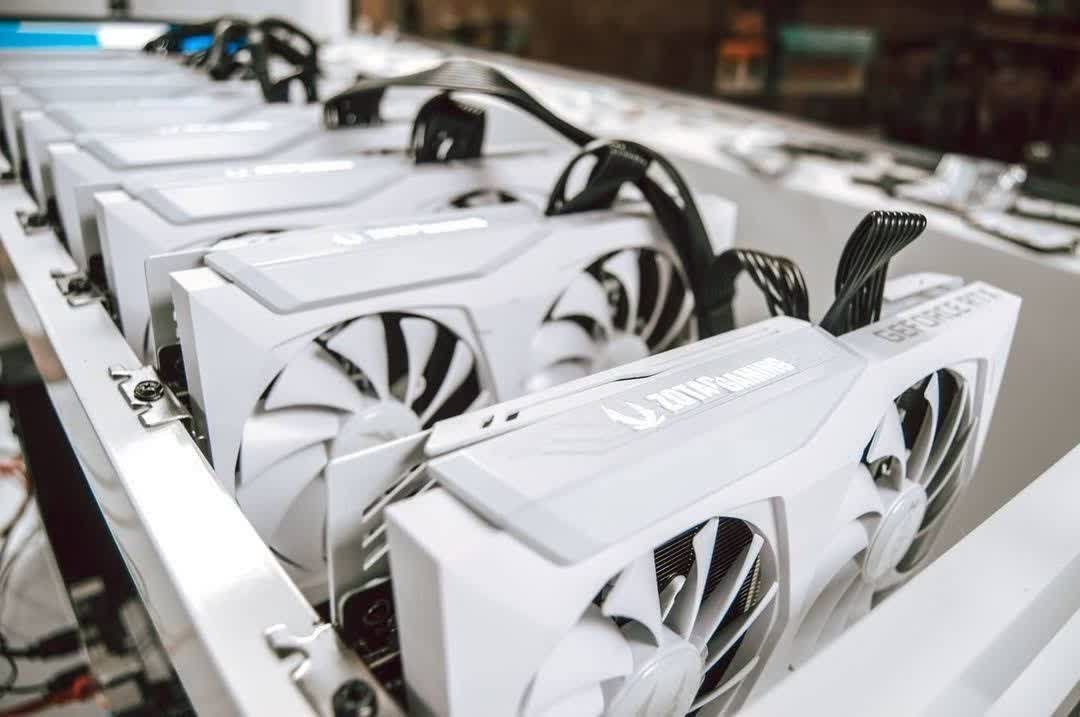[ad_1]
Recap: Remember the cryptocurrency lawsuit launched against Nvidia? The company was accused of reporting $1 billion in crypto revenue as gaming revenue, an alleged act of “misleading” financial reporting designed to fool investors. Earlier this month, team green won the case.
The suit dates back to 2017, though the amended complaint was filed in 2020. It essentially claimed that throughout 2017 and 2018, 60 to 70 percent of Nvidia’s sales in China were reported as gaming revenue when it really came from miners. It’s claimed that the company under-reported these cryptocurrency-mining revenues by around $1.13 billion.
Crypto saw its first surge in 2017, with Bitcoin reaching a then-record $20,000 in December. Demand from miners led to a graphics card shortage and hugely inflated prices, something we’re currently familiar with.
“In early 2017, Nvidia faced an unusual problem: its flagship product was flying off the shelves. Under normal circumstances, such a trend would be cheered,” the suit read.
“But the enormous sales growth owed not to an increase in demand from gamers (Nvidia’s traditional consumer), but rather to bands of online prospectors who were buying up the processors by the thousands and deploying them in massive datacenters to solve complex mathematical problems in pursuit of digital tokens.”

The suit claimed Nvidia knew the bubble was about to burst on that crypto craze, so it decided to conceal much of the cryptomining sales. It’s alleged that the company insisted its dedicated mining cards were being sold to miners, and the booming gaming graphics card sales were coming from gamers. In reality, both miners and some gaming fans were buying up gaming GPUs.
Investors claim that by reporting mining revenue as gaming sales, it appeared that Nvidia’s GeForce products were doing well and wouldn’t be affected by a crypto crash.
As reported by PC Gamer, the case ended earlier this month when U.S. District Court Judge Haywood Gilliam of the Northern District of California dismissed it, as per Nvidia’s request, due to lack of evidence. The company didn’t warn investors of an expected decline in sales when Bitcoin crashed until the first quarter of 2018, though it seems they were the only ones who never saw this coming; an 8% fall in Nvidia’s share price in August 2017, more than a year before the crypto crash, was blamed on fears of the bubble bursting.
When crypto prices did fall off a cliff, Nvidia’s shares fell 19 percent in November 2018, losing almost half their value a month later.
As most people know, Nvidia’s RTX 3060 has an Ethereum mining limiter, and it’s believed that future cards such as the RTX 3080 Ti will also come with this feature. It’s the company’s attempt to get more cards into gamers’ hands, though the chip shortages and scalpers are causing just as many problems.
[ad_2]
Source link